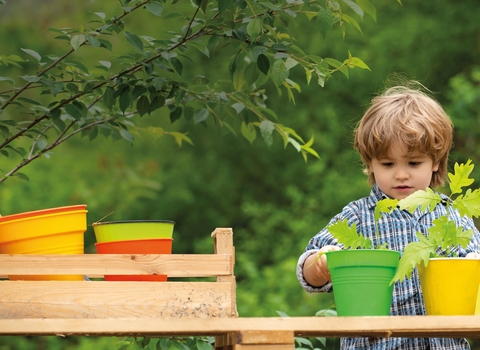Anyone can collect seeds and grow a tree!
One of the easiest ways you can help mother nature is by potting up a seed and growing a native tree. It's a hands-on and straightforward way to help nature in its recovery and improve the environment where you live for both wildlife and people.
You are never too young, or too old, to learn how to collect and grow your own trees from seeds. Best of all, your efforts will have a tangible impact long into the future!
Seeds collected so far in 2021
Have you collected seeds as part of Autumn Seed Search 2021? Add your marker on the map here.
Layers
How can I get involved?
Along with Cornwall Council, we asked you to get involved in a Cornwall-wide autumn seed search! This season's Seed Search is now over but will return in 2022.
If you took part, you can let us know what seeds you've managed to collect and how many using our quick and easy form, above.
The best time to plant a tree is 20 years ago. The second best time is now.
Frequently Asked Questions
Why should we plant more trees?
Growing trees can really help nature recover and improve the natural environment where you live, for both wildlife and people, for generations to come.
Trees can help in reducing carbon dioxide from the atmosphere and create more habitats for wildlife, such as birds, insects and many animals. This provides a dual positive impact to help lessen the negative impact of climate change and biodiversity loss.
What will the impact of this project be?
All trees planted will contribute to The Forest for Cornwall (Koos rag Kernow); an ambitious tree planting project by Cornwall Council with the principle aim of fighting climate change. When complete, it’s hoped it will cover approximately 8,000 hectares - that’s about 2% of Cornwall’s land area.
Why is it important for trees to be planted in the right place?
Cornwall has some of the UK’s rarest and most special wildlife habitats. It’s vital to not plant trees in areas of existing valuable habitat as this could make them unsuitable for the special wildlife already there.
Wetlands like marshy grasslands, fens and bogs support specialist wildlife that cannot survive elsewhere. Their saturated peat soils store a huge amount of carbon, planting trees in wetlands dries them out, leading to a loss of soil carbon stores and declining biodiversity. Shade from planting trees on heathland could make it no longer suitable for already declining heathland wildlife including many plants, insects, birds and reptiles. Seemingly unimpressive grassland in winter may already be hugely important for wildlife, bursting with wildflowers, bumblebees and birds in summer. Even barren looking old mine sites can hold unexpected treasures, like mosses unique to Cornwall or rare mining bees that cannot survive without the type of open ground found only in these special places.
Our guidance (PDF) gives advice on suitable areas to plant trees; ideally target areas with the wildlife equivalent of a ‘blank canvas’, like the corner of a silage or arable field. If you know of any planned tree planting, ask if they have had advice from an experienced ecologist; some of Cornwall’s most sensitive wildlife habitats may depend on it!
Thanks for learning about our Autumn Seed Search. Be sure to check out the 'Grow More Trees: Autumn Seed Search' guide to learn more about collecting, growing and planting your own tree seeds in Cornwall.
A partnership project between

